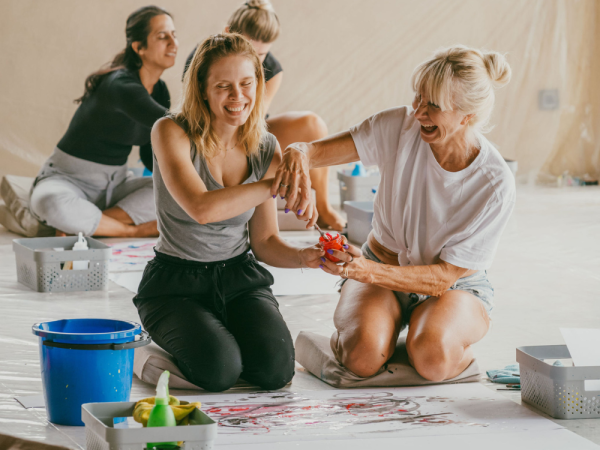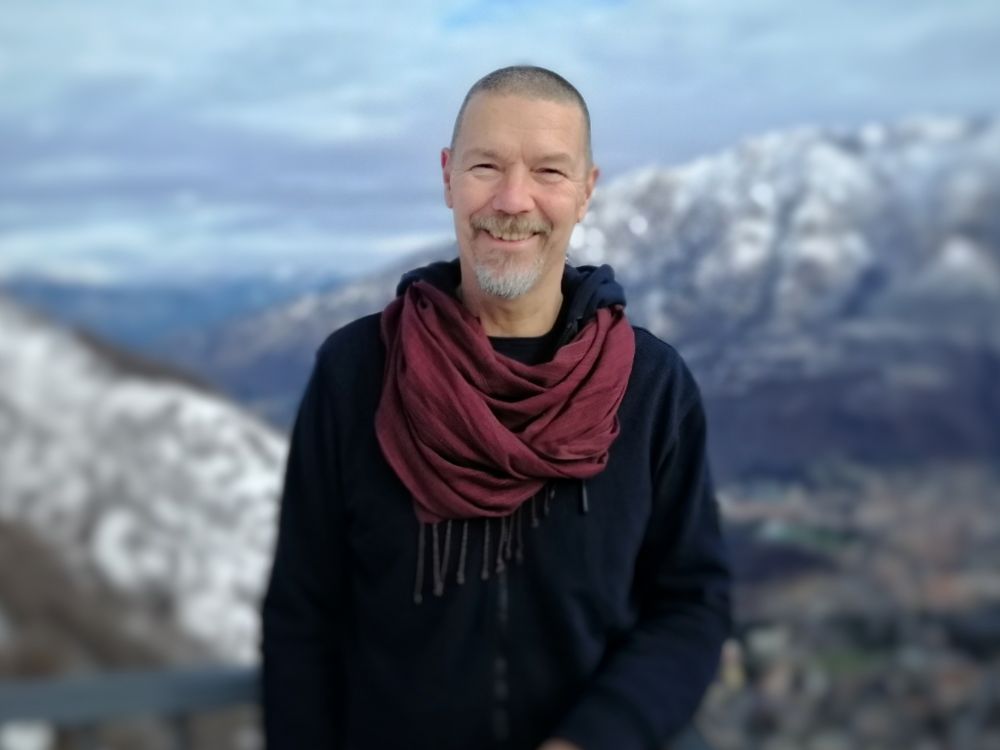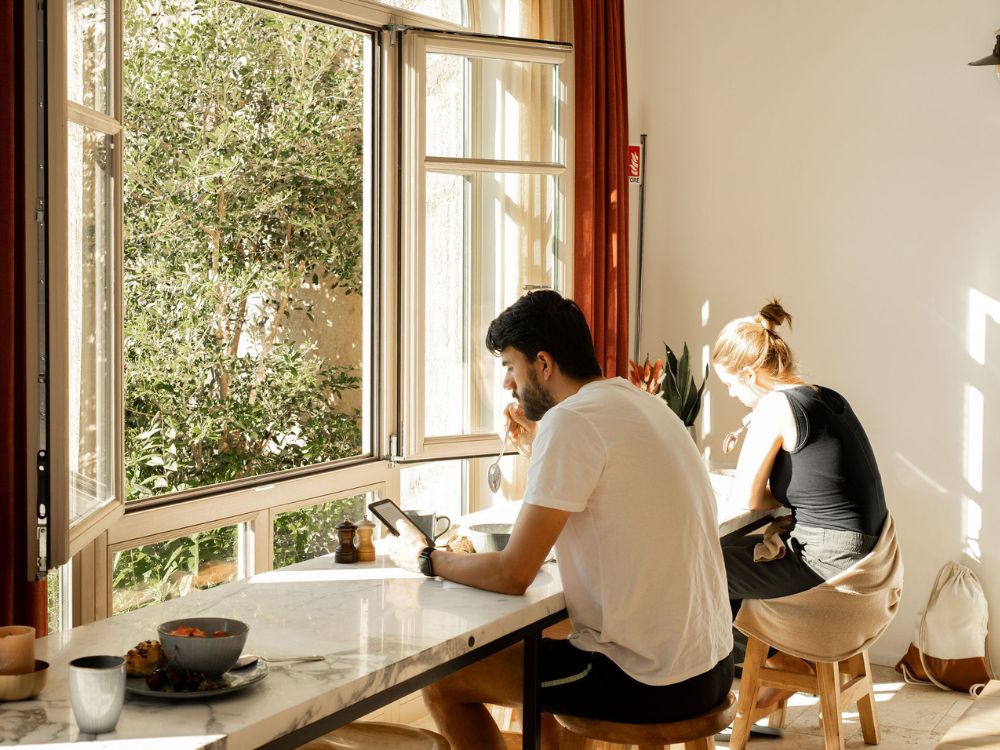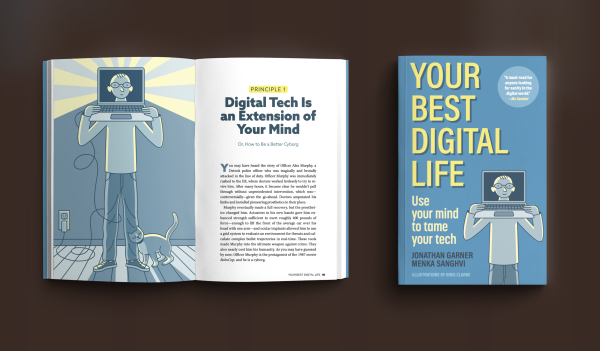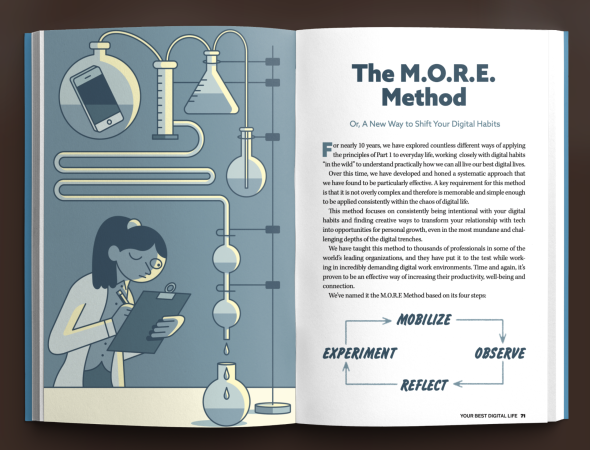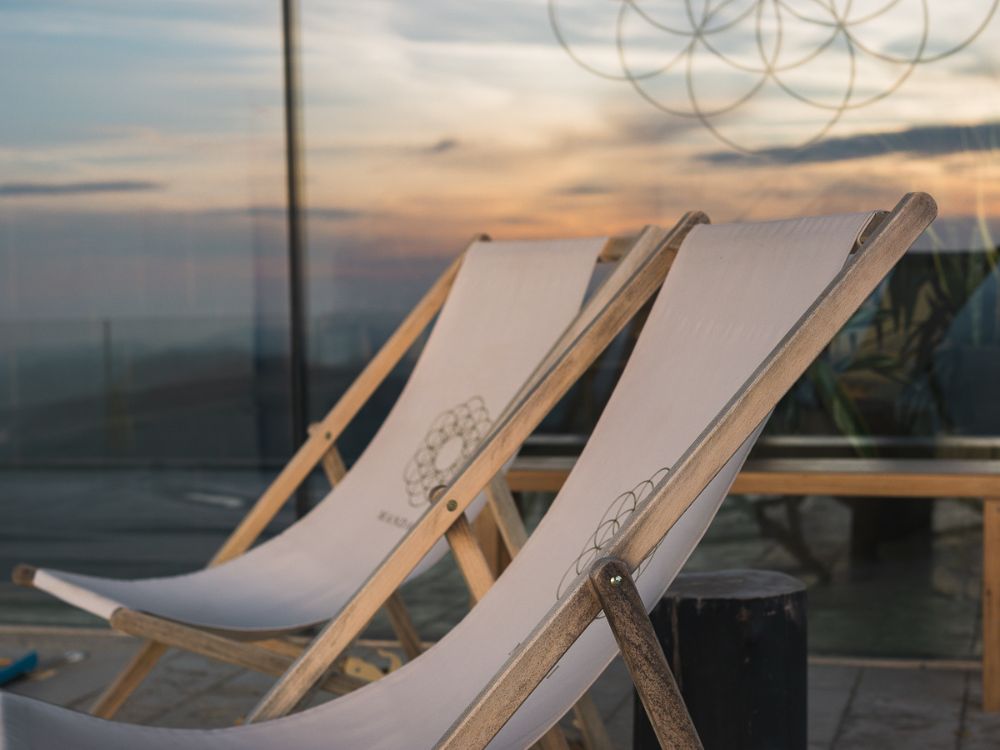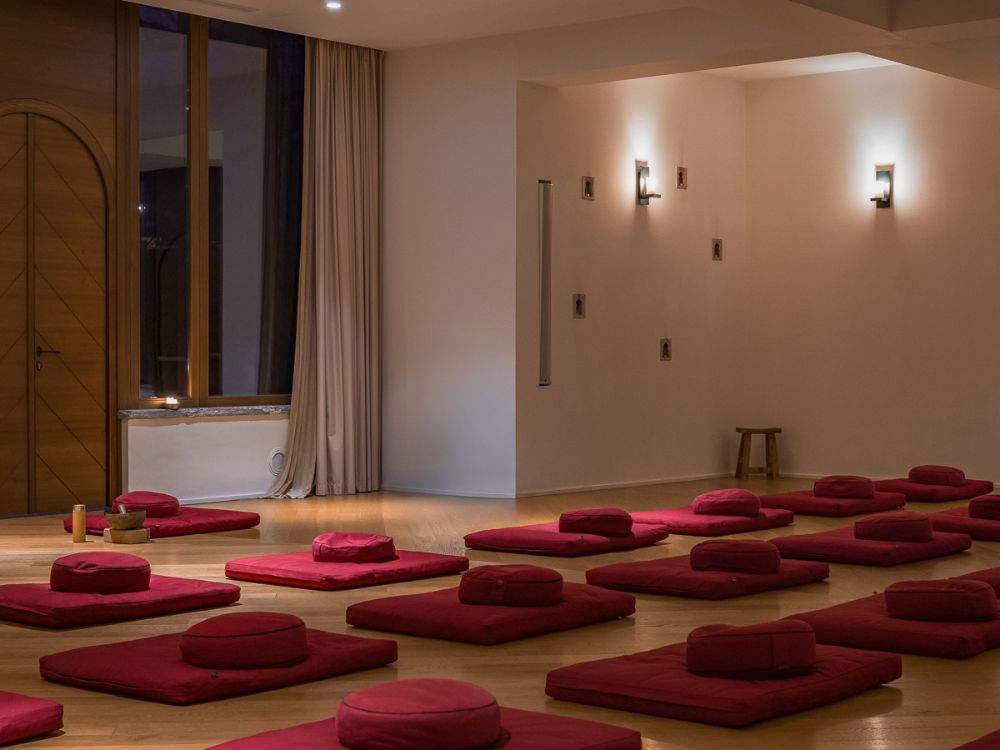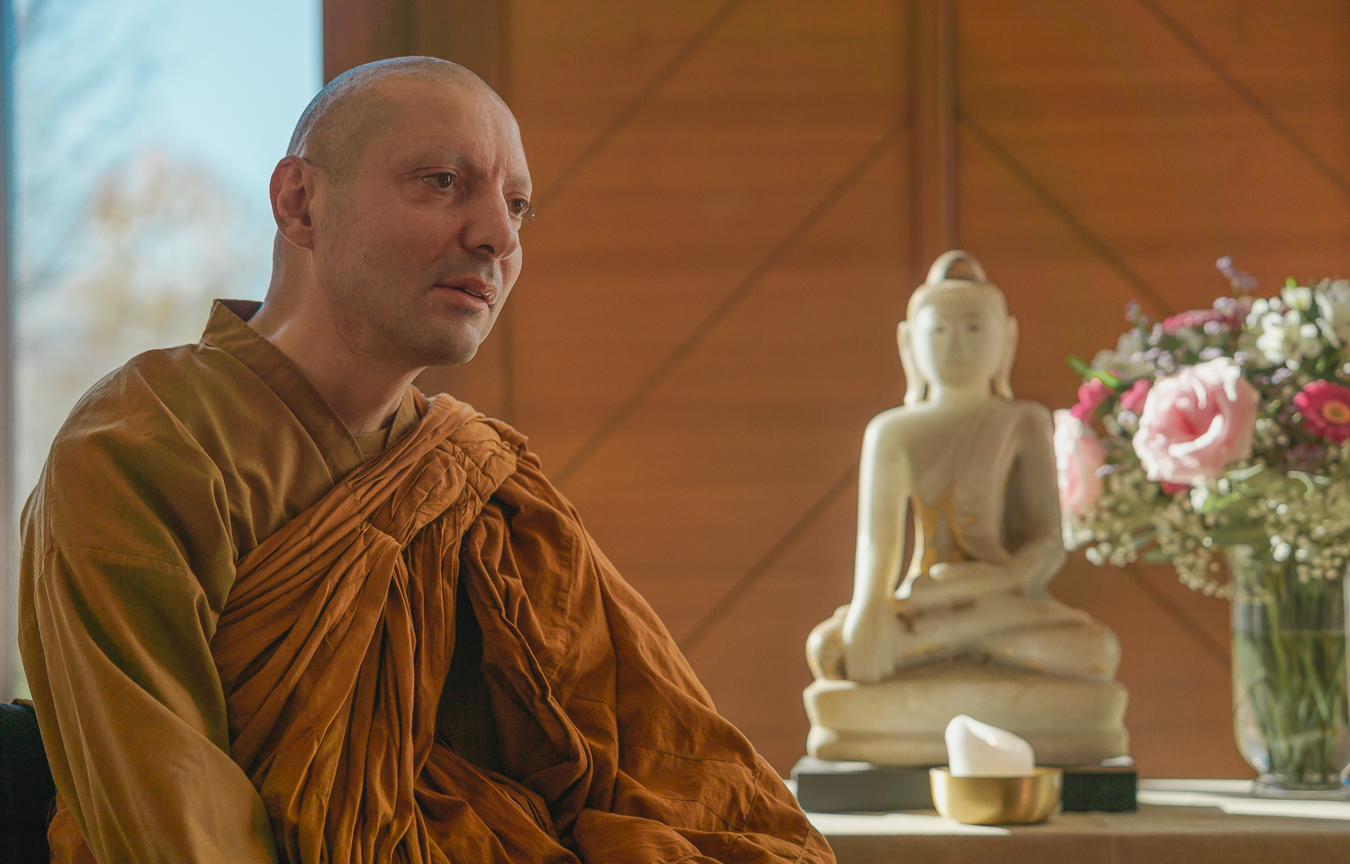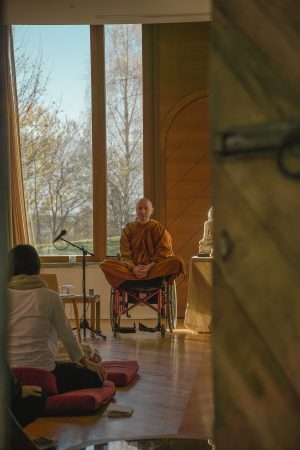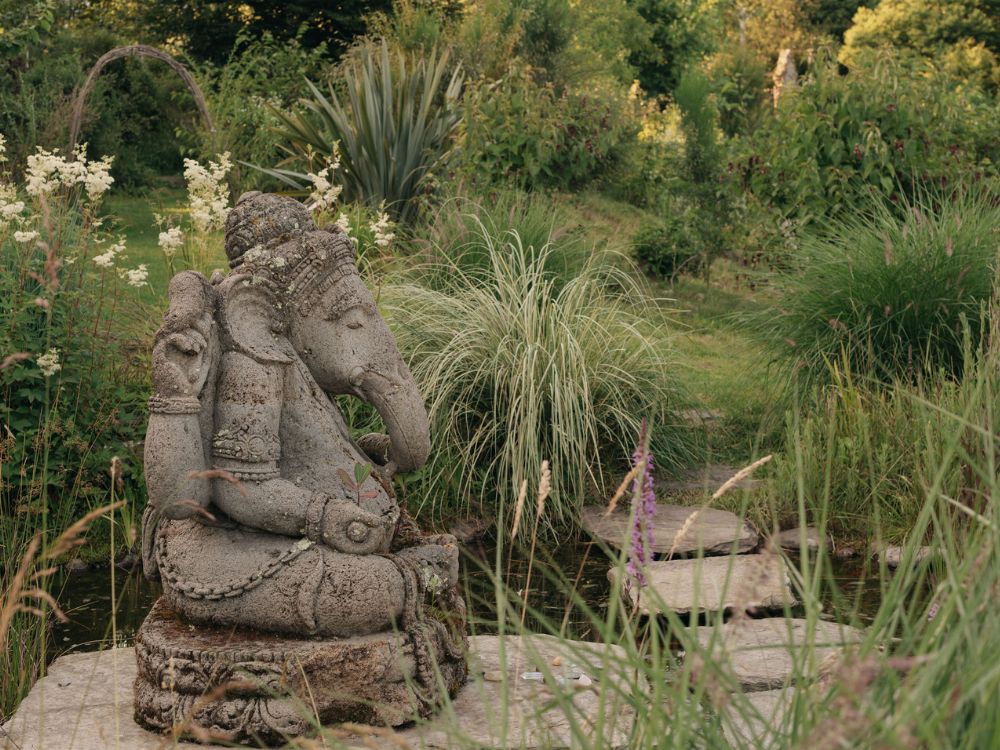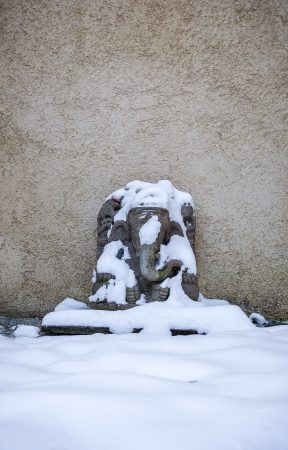Every so often, someone comes along whose presence feels like a bridge between the seen and unseen: a solid hand in the practical world, guided by a deep inner compass. Fidan Huseyni is one of those people. As a long-time member of Mandali’s Marketing and Visioning team, she helps shape the way Mandali is experienced from the outside in, and the inside out.
In this edition of the Mandali Insight Questionnaire, Fidan shares what makes life feel meaningful to her: from sacred work to sunrise swims, from heartfelt relationships to asking herself the kinds of questions that matter at the end of it all. Her answers are a gentle invitation to slow down, listen in, and remember what truly fulfills us.
How do you define a fulfilling life?
- Connection to the Divine – this is the bedrock for me.
- Quality Relationships – Authentic, loving, inspiring relationships. Both with oneself and with others. Even with the natural world.
- Sacred Work – Engaging in work that is meaningful and enjoyable. Using one’s energy, time and talent to contribute to the world in your unique way.
- Creative outlets & hobbies – life is so much more enjoyable when we follow our curiosities and enter flow states. Exploring whatever makes us lean in inevitably leads to fulfillment, on some level.
- & going to bed grateful.
Tell us about a time in your life when you felt most aligned with your true nature and why.
Very often this feeling gradually envelops me over the course of a quality, week-long retreat, where I reconnect to my true nature that is inherently whole, peaceful, alive and full of love. I let go of the autopilot mechanisms, my typical habits, my phone, and melt into a timeless, abundant realm of being.
When not on retreat, it’s when I’m in my creativity, hosting a gathering for loved ones, basking in nature, or doing good work that has some ripple of impact.
What question do you ask yourself often?
How would 80-year old me feel about this? Is this something I might regret doing or not doing? How would I feel about this on my deathbed?
What does your ideal day off/or working day look like?
I could go on and on with minute details for an entire day, so I will just give you my ideal ‘off-day’ morning.
Wake up somewhere tropical with the sun and go for a sunrise dip (walking distance from my home, ideally), dry off, sit silently for some minutes, then write my morning pages with an oat milk latte out in some majestic garden or under a fig tree, sitting in a very cosy armchair.
Once i’m done writing, go find a loved one to hug and give a morning kiss to. Change of clothes and get into the gym for an hour of Muay Thai training, followed by an outdoor shower and someone making me a hearty breakfast of sausages, avocado on toast and sweet potato fries. Maybe finish off with some fresh, sliced, super sweet pineapple.
What is your relationship with Mandali like?
Supportive, mystical, generous and rooted in the field of possibilities. I am beyond blessed that Mandali is a key part of my life, and vice versa. I started off as a repeat guest, fell in love with its spirit, started collaborating professionally and now I’m entering my fourth year as part of the Mandali team, taking care of the marketing and special projects. A gift from the heavens.





